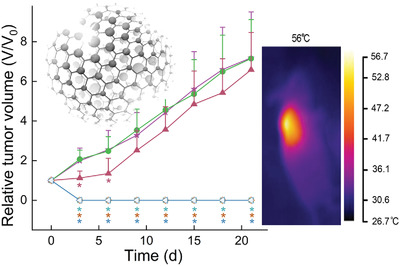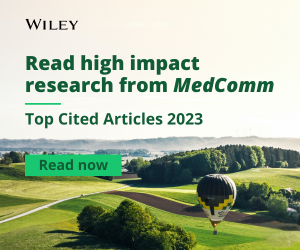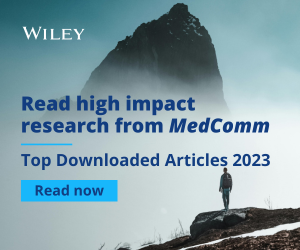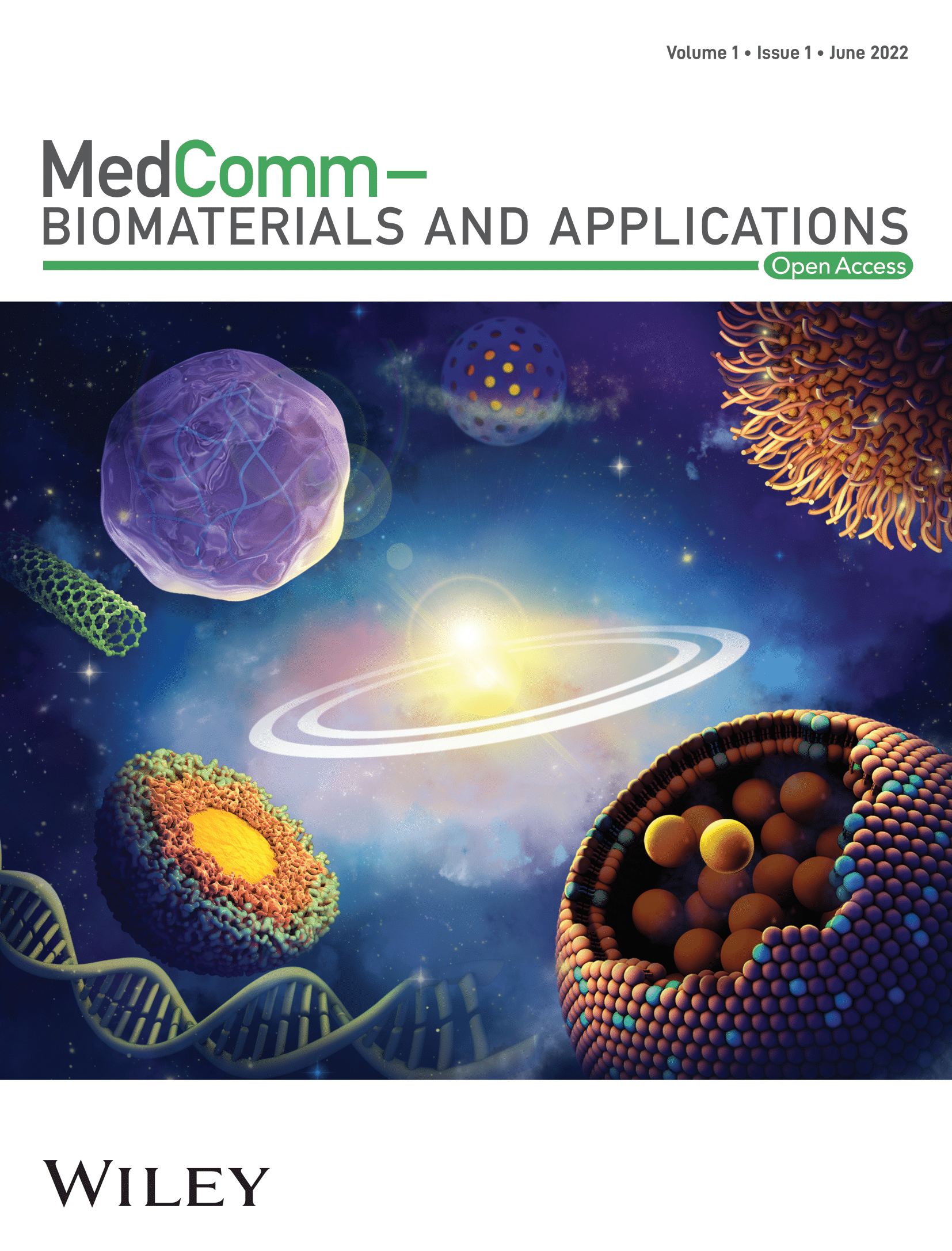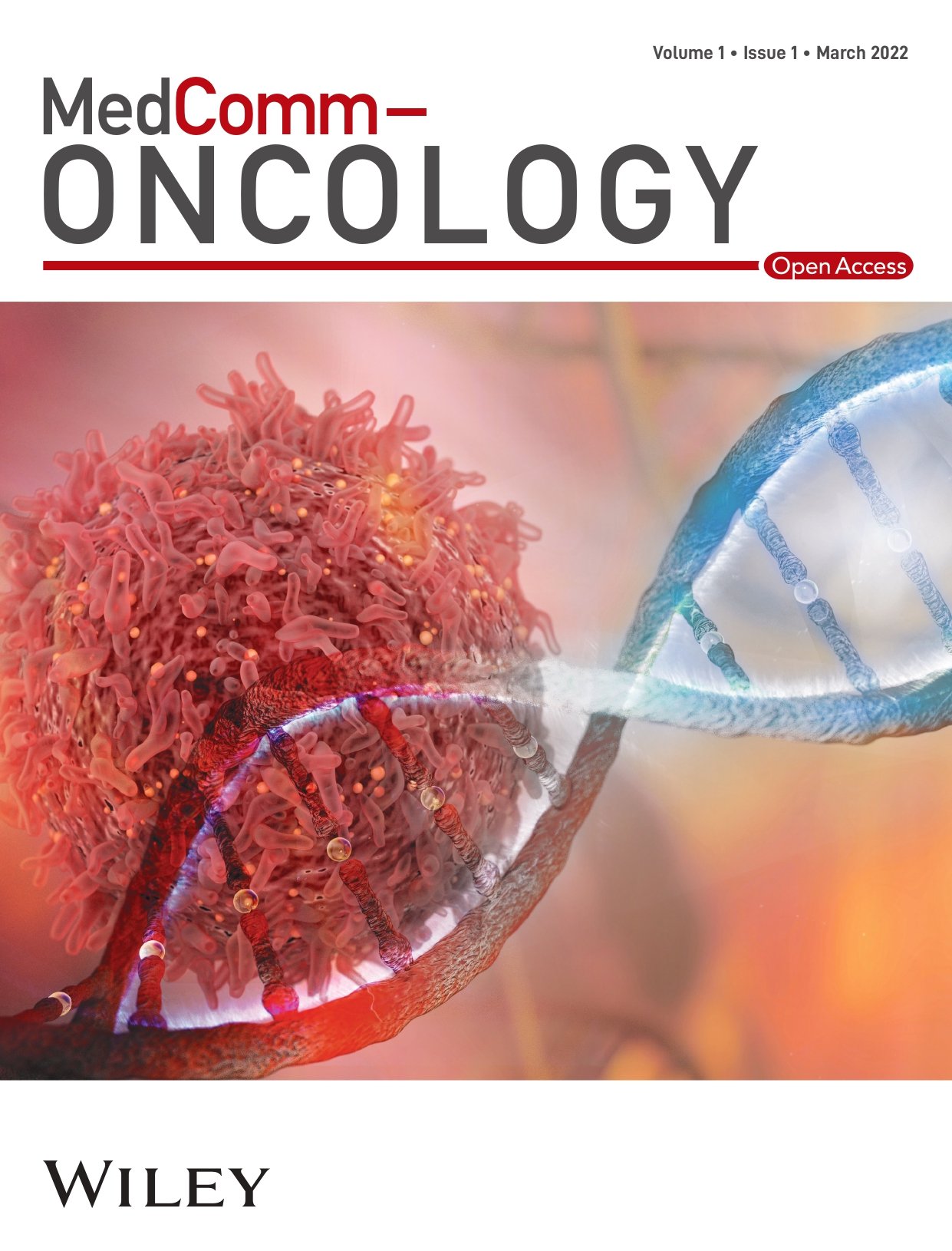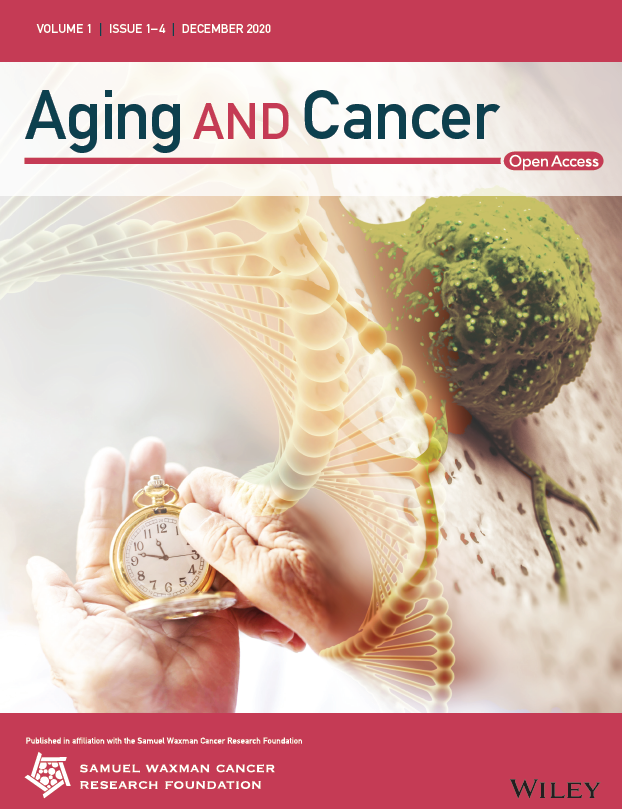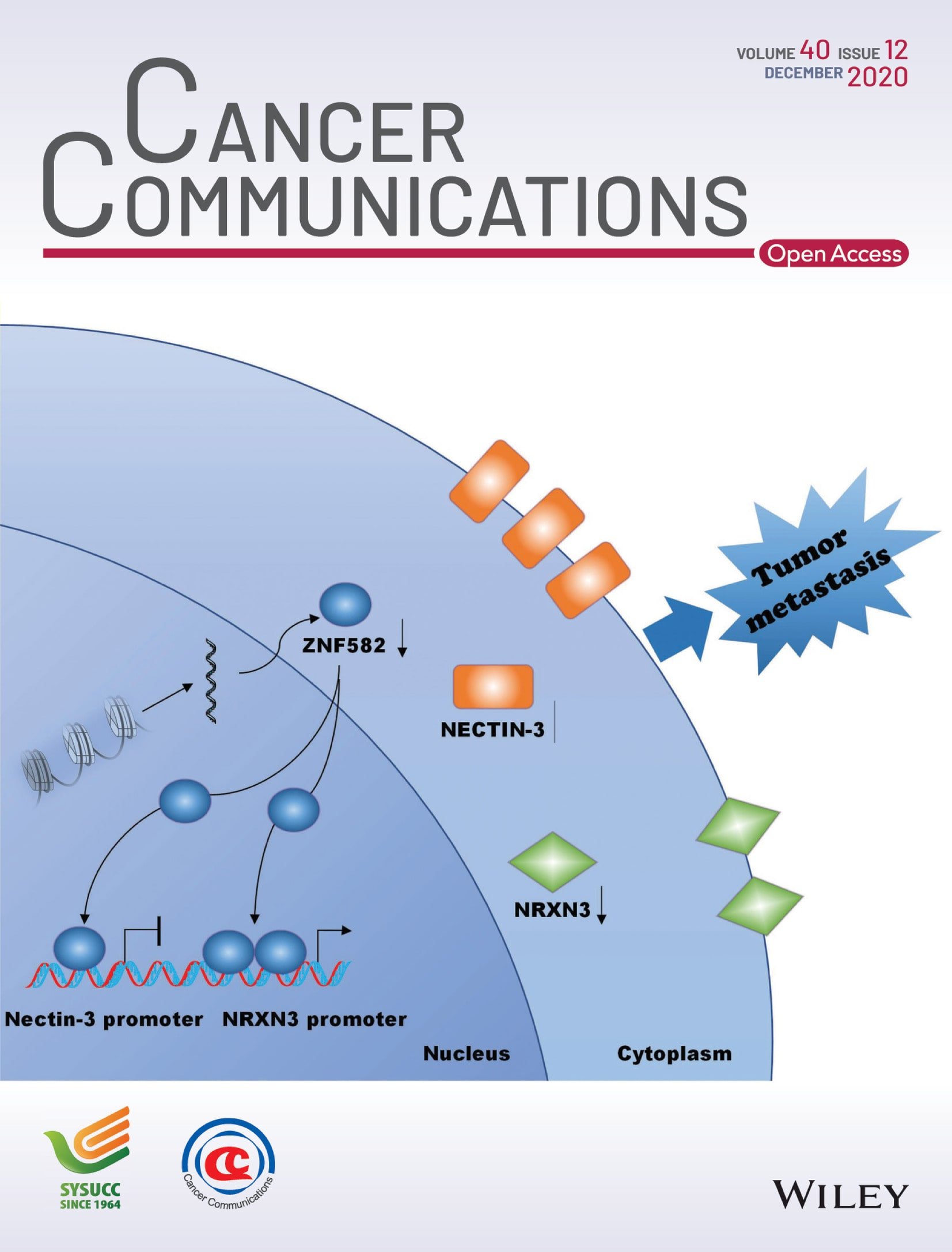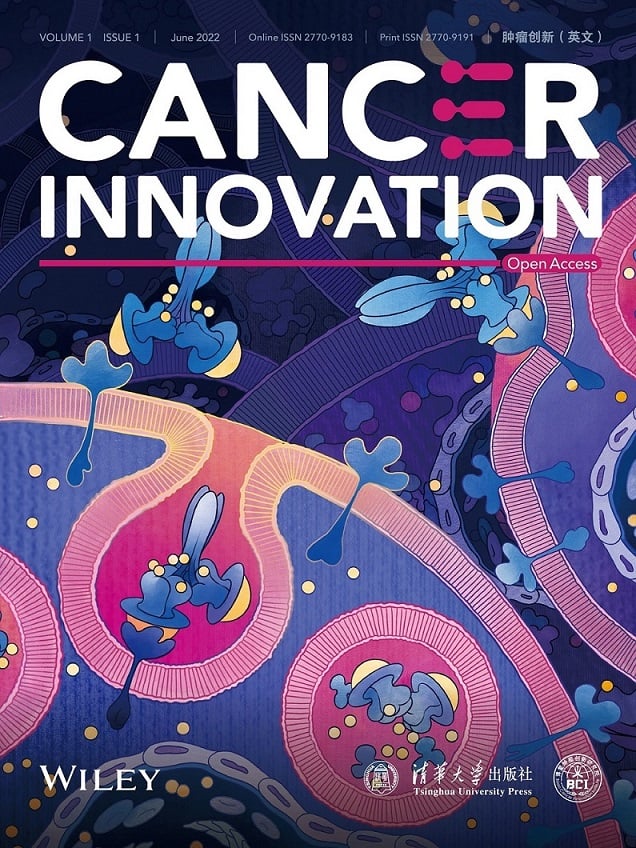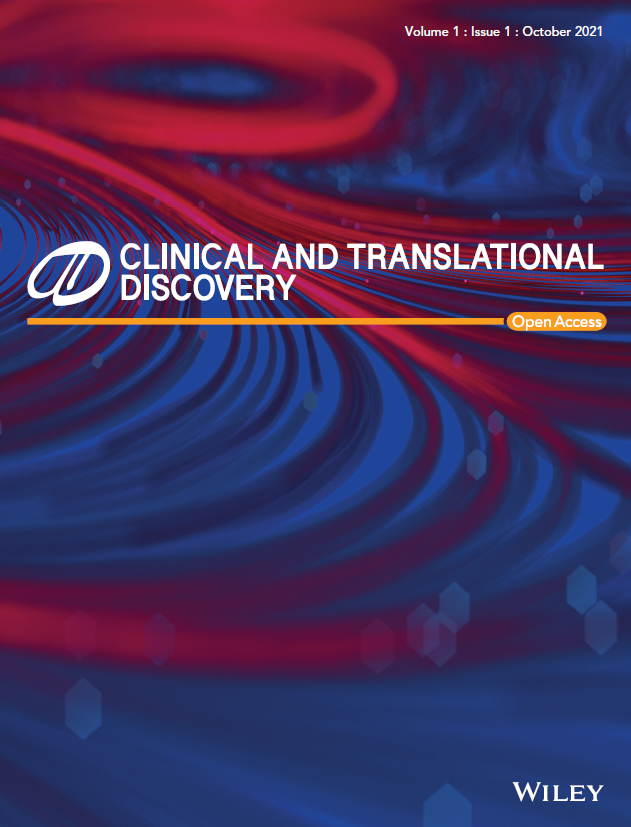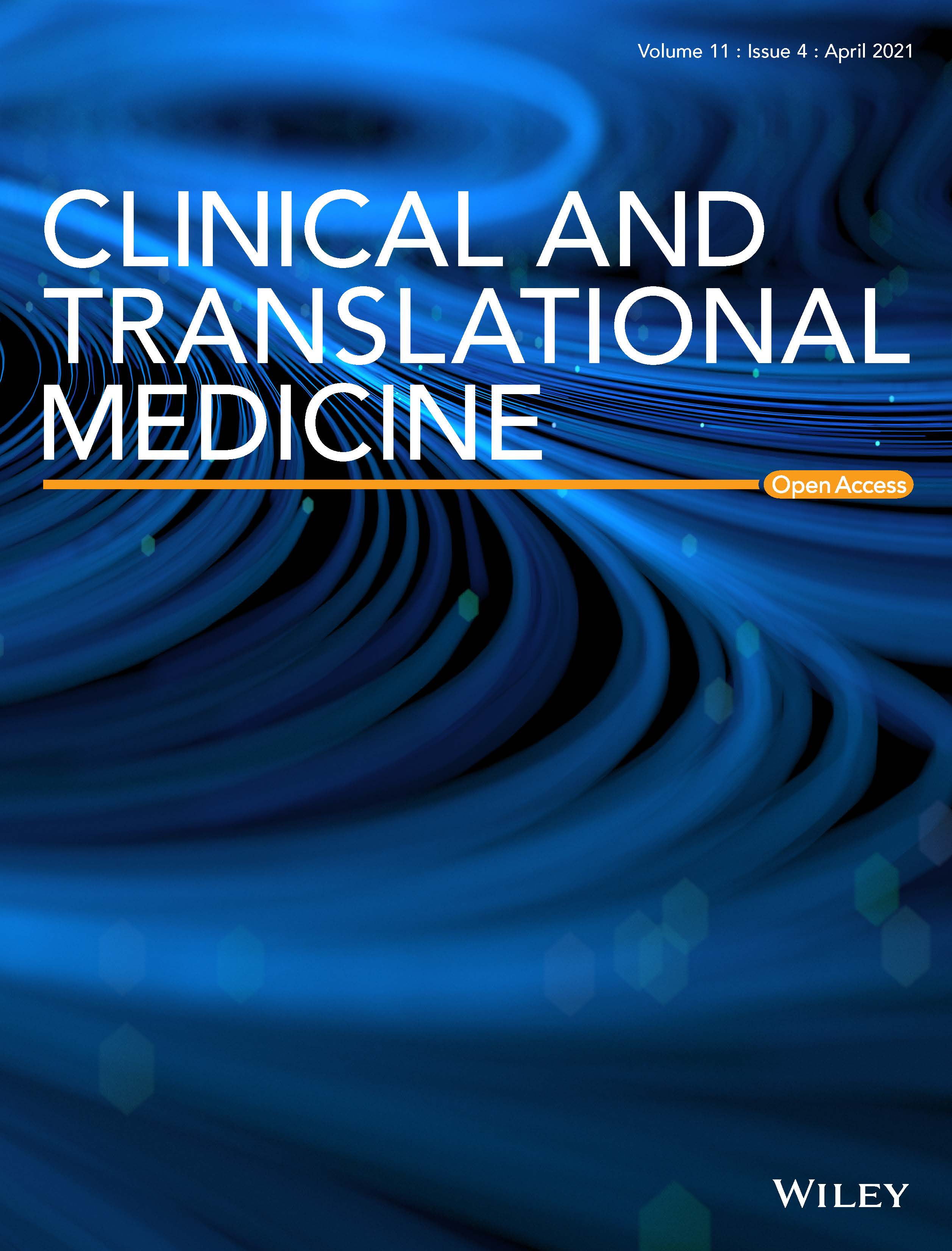Journal list menu
Export Citations
Download PDFs
Table of Contents
Graphene and graphene oxide with anticancer applications: Challenges and future perspectives
- First Published: 09 February 2022
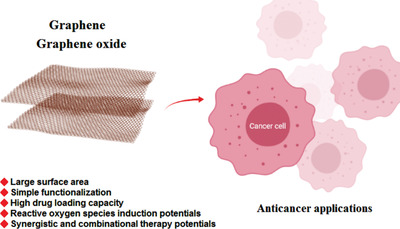
Important challenges, recent advancements, and future perspectives for deploying graphene- and graphene oxide-based nanosystems in cancer therapy are deliberated. Notably, large surface area, ease of functionalization, high drug loading capacity, and reactive oxygen species induction potentials have rendered these structures promising candidates for cancer therapy applications. The ease of functionalization bodes well for their utility in treating assorted types of cancers.
COVID-19: A systematic review and update on prevention, diagnosis, and treatment
- First Published: 17 February 2022
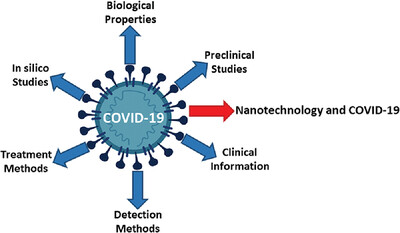
This review covers almost all topics related to SARS-CoV-2, including biological properties, pre-clinical studies, clinical information, diagnostic and treatment methods, and in silico studies, which is very useful for a quick understanding of the latest advances in this field. Also, in a separate section, the applications of nanotechnology in COVID-19 studies are examined.
Alleviating the toxicity concerns of antibacterial cinnamon-polycaprolactone biomaterials for healthcare-related biomedical applications
- First Published: 18 May 2021

Cinnamon directly extracted into a polycaprolactone polymer base was spun with pressurized gyration to produce a high yield of cinnamon-extracted bandage-like fibers. These fibers where then characterized and tested for cytotoxity and antibacterial activity against Escherichia coli, Staphylococcus aureus, Methicillin Resistant Staphylococcus aureus and Enterococcus faecalis.
Biodegradable magnesium-based biomaterials: An overview of challenges and opportunities
- First Published: 08 April 2021
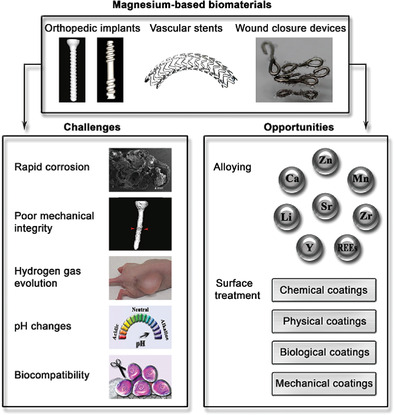
Magnesium (Mg)-based alloys have shifted into the focus as a new generation of degradable biomaterials for medical applications. Because biodegradable Mg-based alloys possess excellent biocompatibility and unique mechanical properties, deploying these biomaterials eliminates the need for biomaterial removal surgery after the healing process and diminishes adverse effects induced by implantation of permanent implants. This article reviews the main challenges following the implantation of Mg-based biomaterials in the human body. It also introduces a broad overview of opportunities to minimize the challenges for the development of advanced biomaterials made from Mg and its alloys.
Novel cell sources for bone regeneration
- First Published: 04 May 2021
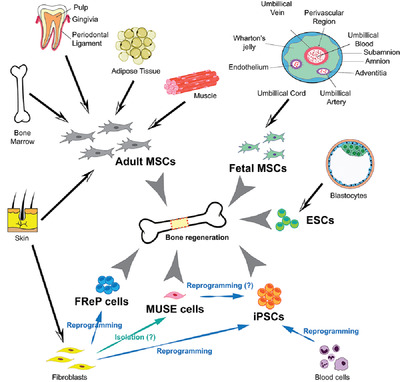
A plethora of both acute and chronic conditions, including traumatic, degenerative, malignant, and congenital varieties, often play key roles in reducing the quality of life for many people. This is particularly true in the case of critical-size defects where the innate self-healing capacity of bone is inadequate for a reunion. To date, a diversity of novel multipotent/pluripotent cell sources are regarded as regenerative medicine, particularly for bone regeneration, in virtue of continued worldwide collaboration. Although their potential is irrefutable, each of the cell sources mentioned has its own drawbacks, which must be entirely understood and overcome before they are released for human clinical application.
Carbon nanoparticles suspension injection for photothermal therapy of xenografted human thyroid carcinoma in vivo
- First Published: 10 September 2020
Zeolite in tissue engineering: Opportunities and challenges
- First Published: 19 May 2020




2688-2663.biomaterials.cover.gif)
